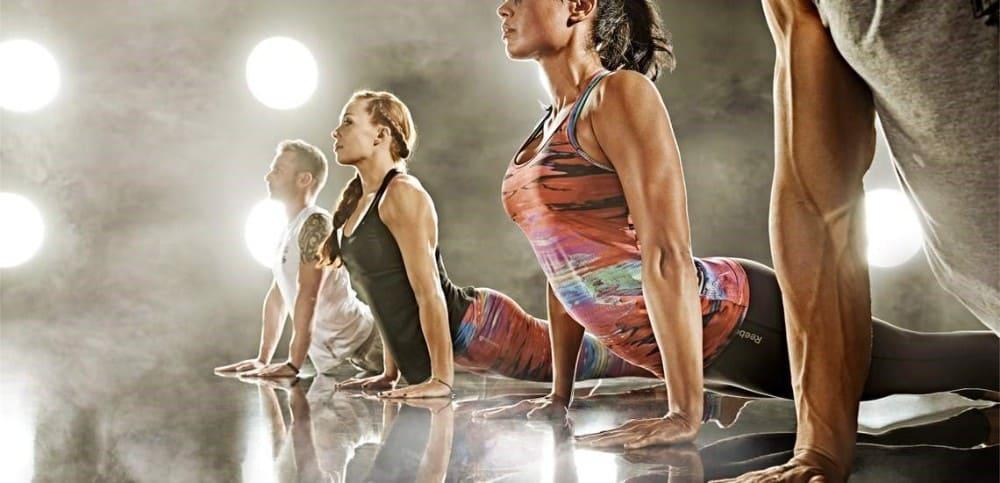Calf Strengthening Exercises After An Injury
Sustaining a calf injury can make daily tasks challenging, therefore, the recovery needs to be approached with purpose and consistency to make the return to everyday tasks and exercise quicker. Performing calf-strengthening exercises after an injury will promote healing and build muscle strength to help prevent future injuries.
It’s important to consult with a medical professional before commencing any exercise after an injury. Due to the nature of injuries differing on a case by case basis, always discuss exercising your injury area with your medical professional and always follow their advice.
Calf Muscle Exercises After Injury
Incorporating calf muscle exercises after an injury is essential for an effective recovery. As the calf muscles are part of performing everyday activities such as walking and standing, it’s crucial to consistently carry out rehabilitation exercises to regain strength. Calf muscle exercises include:
Seated Heal Raises
-
Begin by sitting on a chair with your feet flat on the floor and your knees at a 90-degree angle.
-
Start to slowly lift your heels off the floor simultaneously whilst keeping your toes on the ground.
-
Lift your heels as far as you can comfortably go then carefully lower your heels back down. Repeat 2-3 sets of 8 repetitions.
Standing Calf Stretch
-
Stand facing the back of a chair and place your hands on the back for support.
-
Place one foot slightly in front of you with a slight bend and take a step back with the other leg until you feel a stretch in the calf.
-
Hold this position for 20-30 seconds then return back to the starting position.
Calf Strengthening Exercises After Ankle Injury
Calf strengthening exercises are important after an ankle injury because of the connection between the calf muscles and the ankle. By strengthening the calf muscles as well as ligaments and tissues around the ankle, it will help increase the ankle's stability. Exercises to strengthen the calf include:
Exercise Band Dorsiflexion
-
Begin by sitting on the floor and placing an exercise band around the foot of your injured leg.
-
Start to carefully pull your foot towards your body, against the resistance of the band.
-
Hold the position for 2-3 seconds then slowly lower your foot back to the starting position.
-
Perform 2-3 sets of 10 repetitions.
Exercise Band Plantar Flexion
-
Begin by sitting on the floor and placing an exercise band around the foot of your injured leg.
-
Start to slowly point your toes towards the floor, against the resistance of the band.
-
Hold the position for 2-3 seconds then slowly lift your toes so your foot is back to the starting position.
-
Perform 2-3 sets of 10 repetitions.
Exercises To Strengthen Calf Muscles After Achilles Injury
The Achilles tendon is a vital element in lower limb function because it connects the calf muscle to the heel bone. When an injury occurs to this tendon, it’s crucial to perform calf strengthening exercises to improve the functionality of the lower limb and lower the risk of reinjury. Exercises to strengthen calf muscles after an Achilles injury include:
Heel Drops
-
Begin by standing on a step with both heels off the edge.
-
Slowly raise onto your tiptoes then lift your good leg off the step and carefully lower yourself down using your injured leg, until your heel is just past neutral.
-
Return to the starting position and perform 3 sets of 15 repetitions if manageable.
Standing Double Heel Raises
-
Stand facing a wall for support with your feet parallel to each other and your toes pointing forward.
-
Begin by lifting your heels off the floor so that your weight is on your toes.
-
Hold this position for a few seconds then lower your heels back down to the floor, returning to the starting position.
-
Perform 3 sets of 15 repetitions if manageable.
Exercises To Avoid Calf Strain
Approaching exercise to avoid and prevent calf strain requires thought. It’s important to steer clear of exercises that could put tension on the calf muscle or be overworked.
Exercises to avoid would include running and jumping which are high-impact exercises, or activities that involve sudden explosive movements.
All exercises should be approached with caution to reduce the risk of muscle strain. It’s important to remember that the length and intensity of exercises should progress gradually to allow the muscles to continually strengthen without risking further injury.
If you are in doubt at any point, always consult with a medical professional regarding your injury and the best way to exercise it for recovery.
Recover Your Strength With Village Gym
Village Gym can support your journey to regain strength after a calf injury. We have well-equipped gyms with state-of-the-art equipment that can help strengthen and rehabilitate your calf. Low-impact cardio machines are available alongside premium swimming pools across our sites that provide rehabilitation training with minimal impact.
Take a look at the wide variety of low-impact and intensity classes we offer that may benefit your recovery, such as aqua aerobics, yoga or tai chi - find a local Village Gym near you today!
It is advised that you seek guidance from a medical professional before carrying out any exercise following an injury.
FAQs About Exercising After A Calf Injury
How long should you rest a strained calf muscle?
Rest a strained calf muscle for 1-3 days using the acronym RICE (rest, ice, compression, elevate)
When can I start exercising after a calf injury?
After 3 days you can begin to move about more if you are able to put weight through your injured leg.
What cardio can I do with a calf strain?
Low-impact cardio is good for muscle healing, this can include:
-
Swimming
-
Low resistance cycling
-
Walking



